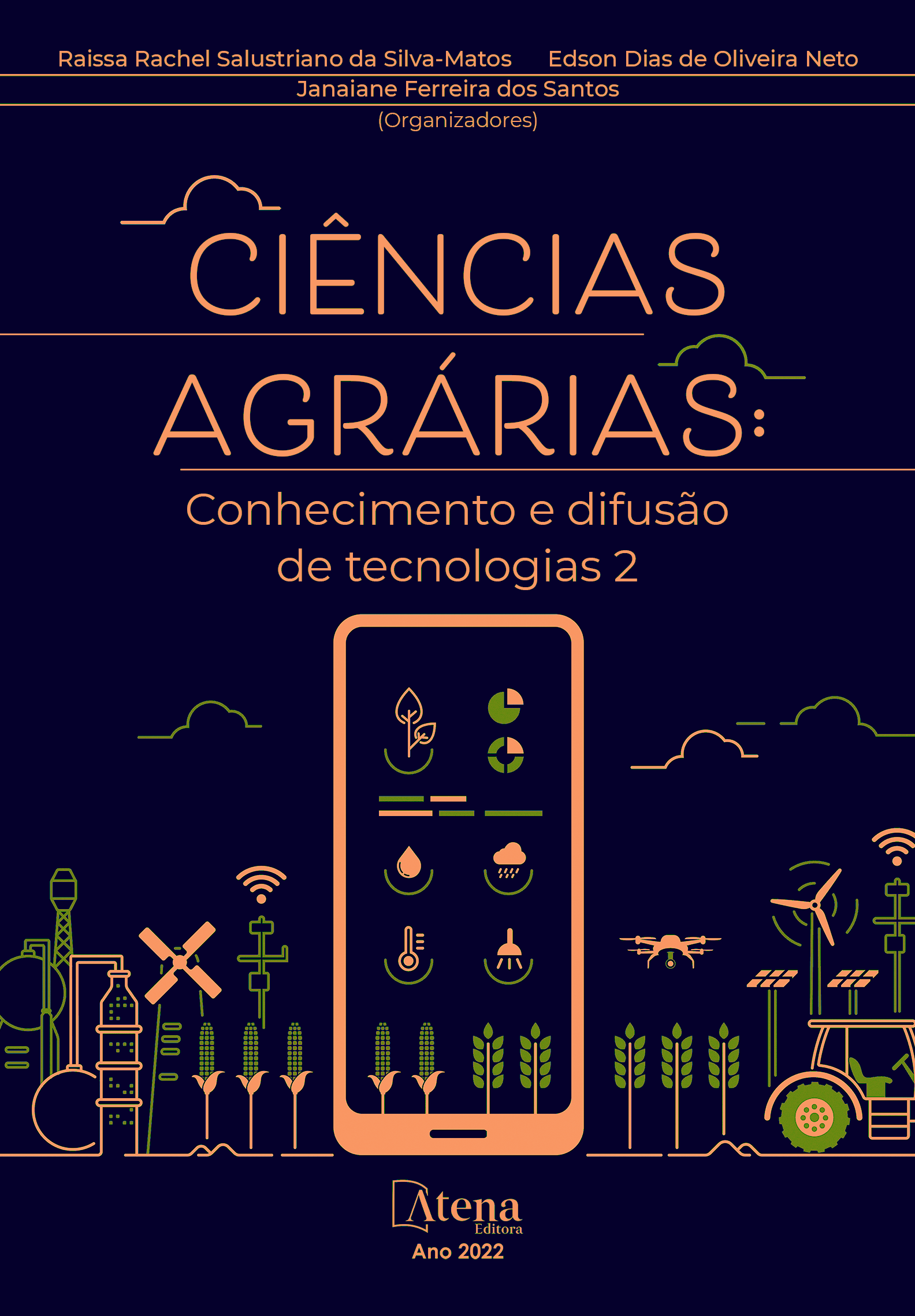
EFECTO DE LA DENSIDAD DE PLANTACIÓN SOBRE EL DESEMPEÑO AGRONÓMICO Y RENDIMIENTO DE TOMATE INJERTADO
El objetivo fue determinar el efecto de la densidad de plantación sobre el rendimiento y comportamiento agronómico de tomate injertado. El portainjerto fue el híbrido Multifort de DeRuiter Seeds, y como variedad el híbrido El Cid de Harris Moran. El análisis estadístico fue completamente al azar con siete tratamientos y cuatro repeticiones cada uno, la comparación de medias fue por Tukey P≤0.05. Las diferencias estadísticas indican que en rendimiento y número de frutos cosechados por tallo, la mejor densidad fue de 35,000 tallos.ha-1 ya que superó al testigo en 24 %, aunque estadísticamente iguales, seguido de 40,000 tallos.ha-1. El peso promedio de frutos se comportó estadísticamente similar entre densidades, a excepción de 55,000 tallos.ha-1 con 97.05 g, que fue inferior al testigo en 6 %. El rendimiento calculado por hectárea fue superior en los tratamientos de 50, 35, 45 y 40 mil tallos.ha-1 con 124.48, 123.70, 113.02 y 110.93 t.ha-1 respectivamente, los primeros dos superaron al testigo en 65 %, y a la más baja densidad hasta en 100 %. Por tanto, a medida que aumenta la densidad de población se incrementa también el rendimiento por unidad de superficie, sin embargo, se afecta el vigor de la planta y la calidad de los frutos. Por lo anterior la más adecuada combinación entre tomate injertado y densidad de plantación fue 35,000 tallos.ha-1, ya que combina rendimiento y calidad de frutos.
EFECTO DE LA DENSIDAD DE PLANTACIÓN SOBRE EL DESEMPEÑO AGRONÓMICO Y RENDIMIENTO DE TOMATE INJERTADO
-
DOI: 10.22533/at.ed.0812218077
-
Palavras-chave: Solanum licopersicum, variedad, portainjerto
-
Keywords: Solanum licopersicum, variedad, portainjerto
-
Abstract:
The objective was to determine the effect of planting density on the yield and agronomic behavior of grafted tomatoes. The rootstock was the DeRuiter Seeds Multifort hybrid, and as a variety the Harris Moran El Cid hybrid. The statistical analysis was completely randomized with seven treatments and four repetitions each, the comparison of means was by Tukey P≤0.05. Statistical differences indicate that in yield and number of fruits harvested per stem, the best density was 35,000 stems.ha-1 since it exceeded the control by 24 %, although they were statistically equal, followed by 40,000 stems.ha-1. The average weight of fruits behaved statistically similar between densities, with the exception of 55,000 stems.ha-1 with 97.05 g, which was lower than the control in 6%. The yield calculated per hectare was higher in the treatments of 50, 35, 45 and 40 thousand stems.ha-1 with 124.48, 123.70, 113.02 and 110.93 t.ha-1 respectively, the first two exceeded the control by 65 %, and the lowest density up to 100 %. Therefore, as population density increases, the yield per unit area also increases, however the vigor of the plant and the quality of the fruits are affected. The most suitable combination between grafted tomato and planting density was 35,000 stems.ha-1, since it combines yield and fruit quality.
-
Número de páginas: 18
- Perpetuo Álvarez Vázquez
- Antonio Flores Naveda
- Norma Angélica Ruiz Torres
- Josué Israel García López
- Adriana Antonio Bautista
- Neymar Camposeco Montejo


